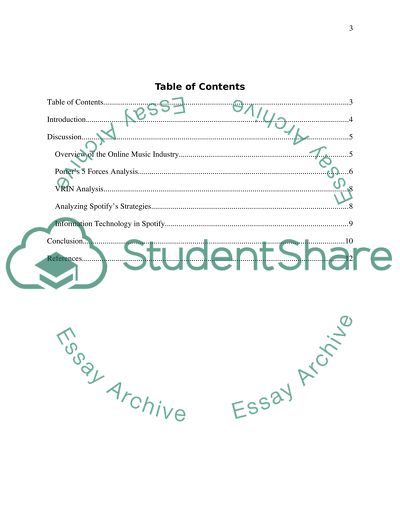Cite this document
(“SpotifyTM Essay Example | Topics and Well Written Essays - 2000 words”, n.d.)
SpotifyTM Essay Example | Topics and Well Written Essays - 2000 words. Retrieved from https://studentshare.org/e-commerce/1471186-spotifytm
SpotifyTM Essay Example | Topics and Well Written Essays - 2000 words. Retrieved from https://studentshare.org/e-commerce/1471186-spotifytm
(SpotifyTM Essay Example | Topics and Well Written Essays - 2000 Words)
SpotifyTM Essay Example | Topics and Well Written Essays - 2000 Words. https://studentshare.org/e-commerce/1471186-spotifytm.
SpotifyTM Essay Example | Topics and Well Written Essays - 2000 Words. https://studentshare.org/e-commerce/1471186-spotifytm.
“SpotifyTM Essay Example | Topics and Well Written Essays - 2000 Words”, n.d. https://studentshare.org/e-commerce/1471186-spotifytm.


